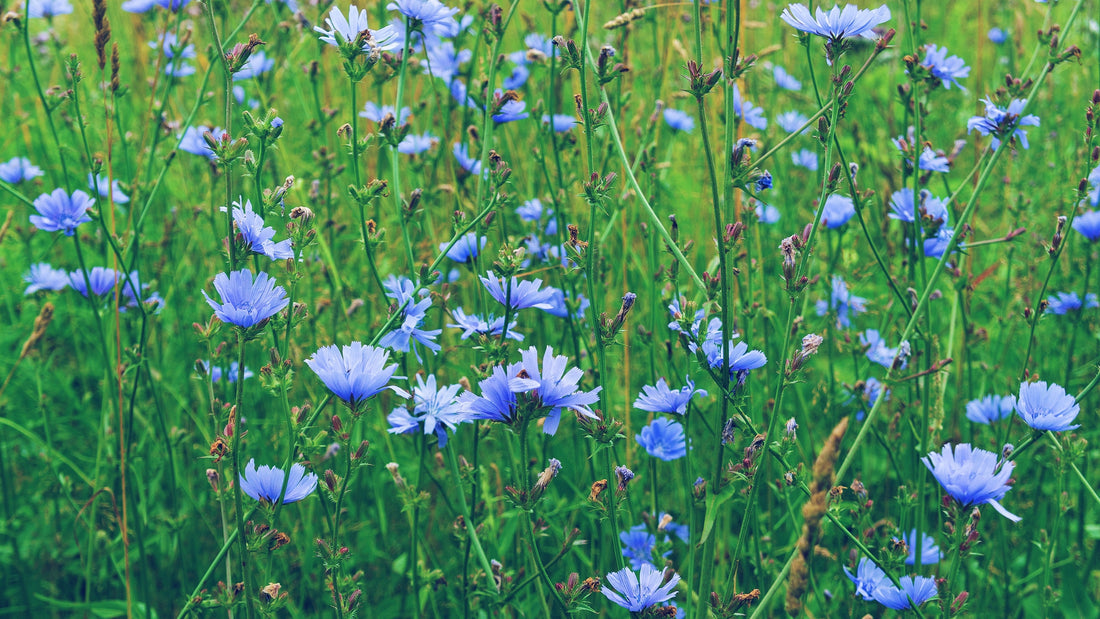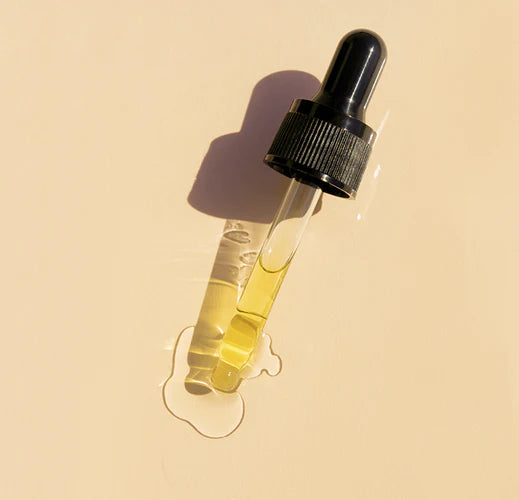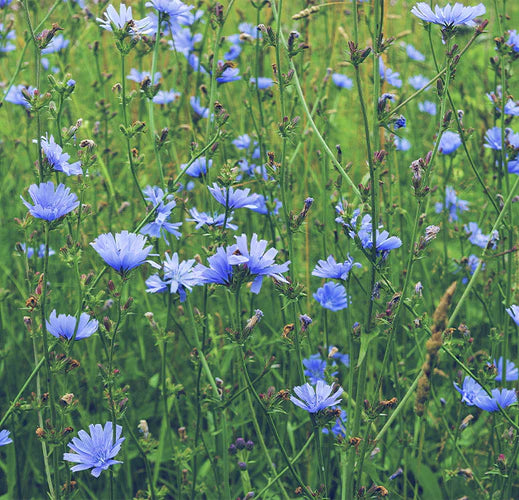WHAT IS IT?
Immortelle Bleue, otherwise known as Limonium Narbonese or Statice, is a perennial seaside plant that colonises the maritime sands of the Camargue in the south of France.
The name statice corresponds to the Greek statikos (astringent), evoking the astringent properties of the buried stalks of certain species. As for limonium, a term that corresponds to the Greek leimôn (water meadow) and the French limon (alluvium), it is linked to the fact that the plant often grows in salt marshes.
Exposed every day to the Provence sun, Immortelle Bleue has developed remarkable protection systems, particularly for combating the phenomena of oxidation and generation of free radicals provoked by UV rays.
The sun has numerous beneficial effects; it wards off seasonal depression, it regulates our biological clock, it enhances the synthesis of vitamin D.
However, prolonged and repeated exposure can quickly lead to serious skin problems: sunburn, weakening of the immune system, premature ageing and in the most serious cases, the development of melanomas. Each individual has a "sunlight capital" that varies according to his or her skin type and corresponds to the number of hours of exposure to the sun that their skin is capable of tolerating.
When exposed to sunlight, ultra violet (UV) rays activate the synthesis of melanin and simultaneously bring about the production of free radicals that attack the cells of the epidermis, which destroy the cell membranes and alter the connective tissues. This phenomenon is usually known as oxidative stress. The more the skin is exposed to the sun, the more damaged cells there are and the more the damage caused becomes irreparable. This leads to premature ageing of the tissues and greater risk of developing skin cancer.
Free radicals are what are known as reactive oxygen species that have a very high oxidising power. Their principal cellular targets are firstly the membranal lipids, which leads to peroxidation of the lipids, then the mitochondria and the DNA. This oxidative stress may have far-reaching consequences on the proper working of the cell: an inability not just to divide and nourish itself but also to protect itself. Too extensive damage can finally result in cell death.
WHAT DOES IT DO?
Highly Potent Antioxidant:
Several tests employing free radical generating systems were used to evaluate the capacity of Immortelle Bleue to reduce or inhibit the formation of free radicals. 2 tests were an ORAC test, which evaluates the overall antioxidant capacity and the DPPH test, which is correlated to total polyphenol (anti-oxidant) content.
The ORAC and DPPH tests are standardised reactions compared to known concentrations of TROLOX, a known powerful anti-oxidant. The results obtained are expressed in TROLOX Equivalence (TE). Cranberry and quercetin, molecules with powerful antioxidant properties, are used as positive controls. Immortelle Bleue was proven to have extremely high antioxidant properties and combat very efficiently the formation of free radicals. Immortelle Bleue showed a result of 5000 ORAC, while Cranberry 1800 and Quercetin 300.
Reduced Peroxidation following Exposure to UV:
From the very first minutes of exposure to the sun, a rapid and transitory coloration of the skin is systematically observed. This entails a peroxidation reaction of the epidermal lipids: under the effect of an oxidizing stress and therefore the free radicals generated by the UVs, the epidermal lipids oxidize and take on a dark colour.
This peroxidation reaction is the first step of a succession of oxidations and chain reactions within the epidermis then the dermis, which ends up in DNA damage, cellular malfunctions, an alteration of the collagen fibres and a premature ageing of the skin. This peroxidation reaction has been used in order to highlight the protective action of Immortelle Bleue during exposure to the sun. The method consists in evaluating the level of oxidized lipids (also known as peroxidation level) after exposure to UV rays with or without application of Immortelle Bleue. A low peroxidation level attests to a protective action towards the UV and the free radicals generated.
Protocol:
12 volunteers, 3 zones studied - non irradiated and non treated zone / irradiated and non treated zone / irradiated zone treated with Immortelle Bleue 2%
4 applications - just after irradiation / 2 hours after irradiation / 4 hours after irradiation / 6 hours after irradiation
24 hours after irradiation, swabbing of skin scales from the 3 studied zones and assaying of peroxidized lipids.
Results: In the presence of 2% Immortelle Bleue, a peroxidation level less than that of non-exposed skin is obtained. Thanks to its very high antioxidant power, Immortelle Bleue provides 100% protection to the skin during exposure to the sun.




